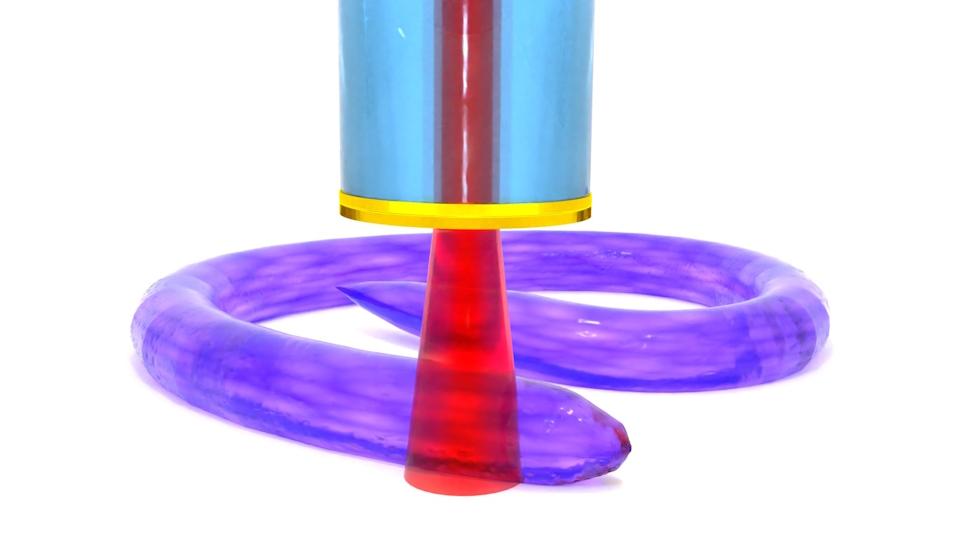Novartis' lung cancer drug edges closer to market after FDA grants fast review

An investigational lung cancer drug from Novartis and Incyte could be on the market midway through next year after the FDA agreed to expedite development and review in a tough to treat form of the disease.
The Swiss pharma said the FDA had granted capmatinib (INC280) Breakthrough Therapy Designation for untreated patients with metastatic MET exon14 skipping-mutated non-small cell lung cancer (NSCLC).
Novartis plans to file with the FDA in Q4, which paves the way for a launch midway through next year, if the US regulator okays it after the faster six-month review usually granted for Breakthrough Therapies.
There are no approved treatments for this form of the disease, and the FDA reserves this tag for therapies that could be a significant improvement over standard care, for serious and life-threatening diseases.
It based its decision on supportive results from the phase 2 GEOMETRY mono-1 study presented by development partner Incyte at the 2019 American Society of Clinical Oncology (ASCO) annual conference in June.
The data showed overall response rate of 72% and 39.1%, respectively, in treatment naive and previously treated patients.
Research suggests that the MET gene is a driving force behind cancer, and the investigational therapy could be a highly potent and effective inhibitor.
The MET mutation is seen in around 3%-4% of all patients with NSCLC, who are often older and have a poor prognosis that can limit treatment options.
Novartis licensed in capmatinib from US biotech Incyte in 2009, gaining exclusive development and marketing rights to the MET inhibitor and certain back-up compounds in all indications.
If capmatinib reaches market, Incyte may become eligible for over $500 million in milestone payments and royalties of between 12% and 14% of global sales by Novartis.
The Swiss pharma has also been sponsoring studies of capmatinib under the licensing agreement.
Novartis said regulatory filings in other countries would follow.













